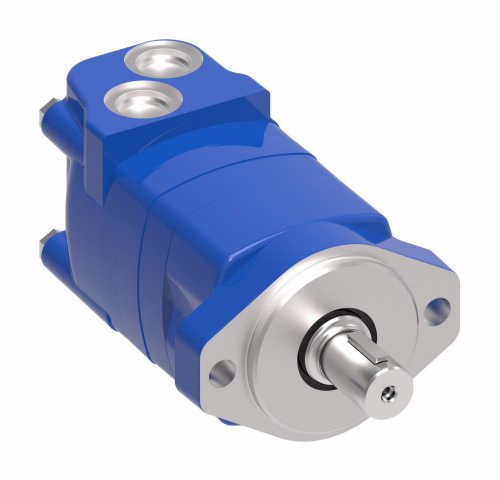Why Is “1-001-0306-0051” Showing Up Everywhere?
If you’ve stumbled across the term “1-001-0306-0051,” you’re probably wondering why it seems to pop up in search queries, product labels, or parts lists.
Maybe you’re asking: Is this code essential? Or even, What does it mean for my project or needs?
Let’s unpack it without the jargon. This identifier might look like random numbers, but it often connects to specific items in the electronics and manufacturing worlds, especially when identifying particular parts or models.
Here, I’ll walk you through exactly what “1-001-0306-0051” represents, why it matters, and how to find what you need without getting lost in technical terms.
What’s Behind “1-001-0306-0051”?
The code “1-001-0306-0051” typically points to a unique identifier for a specific part or component.
In the manufacturing industry, codes like these make it easier to track parts, simplify ordering, and ensure precise replacements.
Think of it as a barcode—but for specialized technical parts.
Real-Life Example: Locating a Precise Component
Imagine you’re fixing an industrial machine and need an exact replacement.
Without an identifier like “1-001-0306-0051,” finding the right part could turn into a guessing game.
Instead, this code directs you straight to the correct item, making it easy for suppliers to fulfill orders accurately.

Where Do You Usually Find “1-001-0306-0051”?
This identifier shows up in a range of sectors:
- Electronics: Especially useful when locating specific circuitry, cables, or components that require precise matching for safety and performance.
- Automotive: Some car parts and diagnostic codes use similar patterns to distinguish unique components in a larger system.
- Industrial Machinery: Critical when working with parts that must align perfectly to maintain a machine’s function.
Each code is like a fingerprint, ensuring you get exactly what you need instead of a close match that may not work.
What Makes This Code Important?
Tracking down “1-001-0306-0051” isn’t just about filling in a part number; it’s about quality, reliability, and, often, safety.
Many industries use such identifiers to avoid:
- Miscommunication: A precise part number keeps things simple when dealing with manufacturers, even if they’re halfway across the globe.
- Downtime: For industries relying on specific parts, downtime can cost thousands, if not more. This code helps get the right part, fast.
- Accidents: In industries like automotive or electronics, the wrong part could lead to accidents or malfunctions, especially when it comes to safety-critical items.
So, if you come across “1-001-0306-0051,” it’s probably no random number but a lifeline to ensure things run smoothly.
How Do You Find Parts Like “1-001-0306-0051”?
Looking up “1-001-0306-0051” may seem simple, but it can turn into a hunt if you don’t know where to start. Here are some practical steps:
- Manufacturer Websites: The first stop is often the manufacturer’s official site. This ensures the details are accurate and current.
- Look for downloadable catalogues, technical specs, or part lists.
- Online Marketplaces: Sites like Mouser, DigiKey, or even Amazon often carry hard-to-find parts, including those with specific part numbers.
- Authorized Distributors: Many manufacturers work through verified distributors, who can provide the parts directly and with warranties.
Each of these options can save you from endless scrolling, so you spend less time searching and more time actually solving your problem.
Commonly Asked Questions About “1-001-0306-0051”
What Does “1-001-0306-0051” Actually Mean?
Codes like “1-001-0306-0051” often contain information about the part’s type, model, or series, but they don’t spell it out in plain text. It’s like a shorthand language manufacturers use to convey precise details without lengthy descriptions.
Is There a Risk in Using a Similar Part?
Using a similar part without the exact code can lead to compatibility issues, which might range from minor inconveniences to major failures, especially in critical systems. For instance, an alternative that fits but doesn’t match specifications can wear out faster, or worse, cause safety risks.
Can I Decode “1-001-0306-0051” Myself?
Decoding such identifiers isn’t always easy. Some manufacturers do provide guides on their websites to help interpret part numbers, so that’s a good place to start. If you can’t find specific information, customer service or a distributor can often help.
Is “1-001-0306-0051” Universal Across Industries?
Not really. Similar-looking identifiers can appear across industries, but they’re often unique to the manufacturer and product type. So, while you might see similar codes, “1-001-0306-0051” is likely specific to a certain brand or model.

Tips for Ordering “1-001-0306-0051” or Similar Parts
When ordering, follow these quick pointers to keep things simple:
- Always Double-Check: Cross-reference the part number with the official website to make sure it hasn’t been updated or replaced.
- Ask for Documentation: If you’re ordering from a distributor, ask for warranty details or verification of authenticity.
- Consider Bulk Buying: For high-use parts, buying in bulk can often save time and money.
Wrapping Up: What’s the Key Takeaway for “1-001-0306-0051”?
If “1-001-0306-0051” brought you here, chances are you need something precise.
It’s more than a code—it’s a guide to getting exactly what’s required to keep things running as they should.
Knowing where and how to search for identifiers like this one not only saves time but keeps projects on track and ensures you’re always working with the right tools in hand.
So next time you encounter “1-001-0306-0051,” you’ll know it’s there for a reason, serving as a roadmap to the exact part you need.














Post Comment